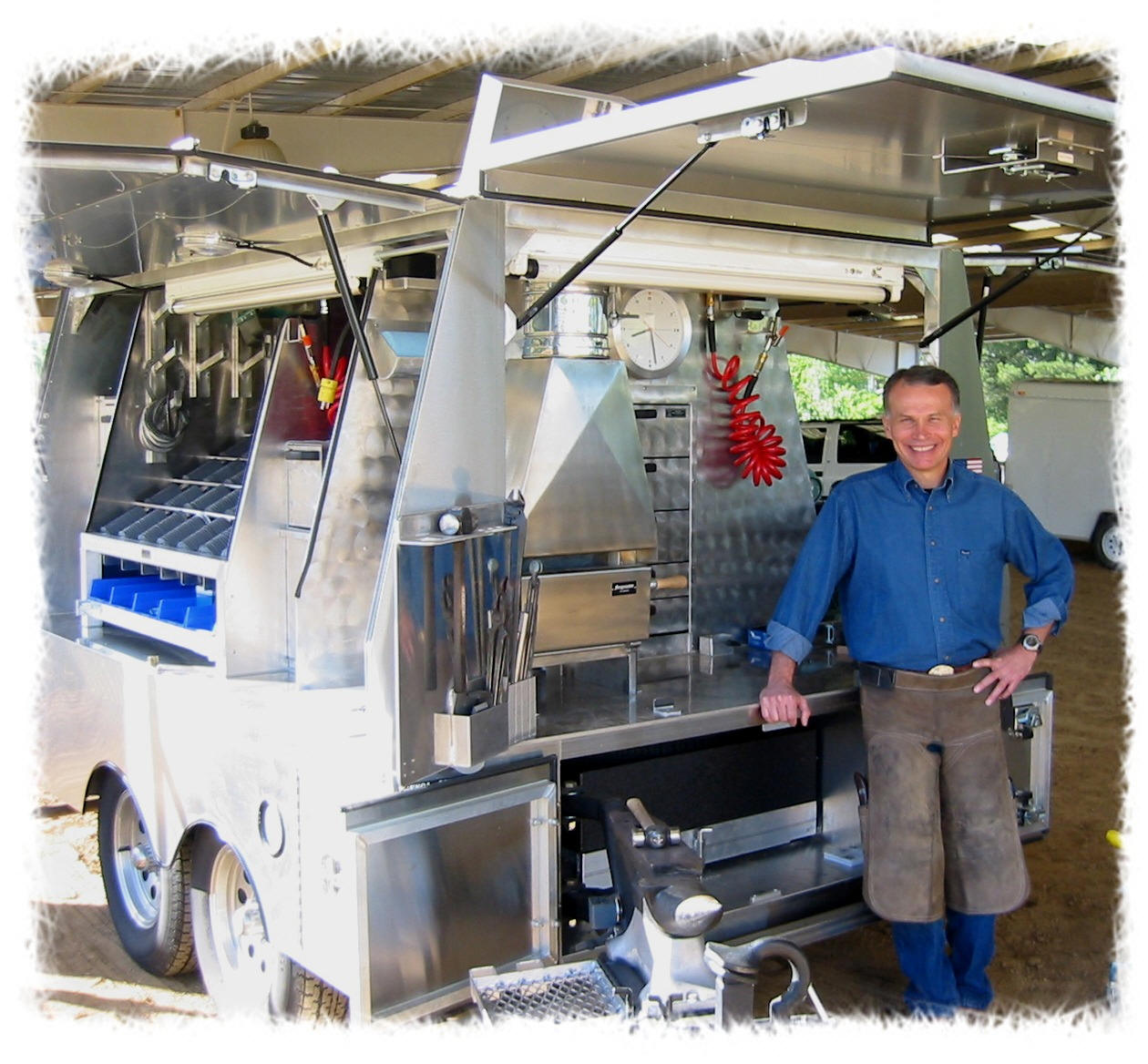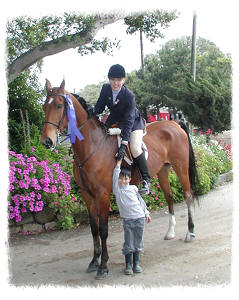Full Service Equine Podiatry
Serving the San Francisco Bay Area Counties
 Just as no two people have the exact same foot-protection needs, I offer the correct and most ethical hoof care solution for every horse--barefoot or not. |
Providing service with attention to detail that is dependable, caring, ethical and professional in all phases of trimming and horseshoeing.Farrier Art offers full service equine podiatry, not just
barefoot trimming. 47% of the horses I service are
trimmed. However, I have the skill to provide more
foot protection and mitigate lameness problems by applying
shoes meant to solve lameness issues. Some
horses get by well without shoes--depending on how fast
their feet grow, how abrasive and rocky the ground is, and
how often they are ridden. I recognize that all horses have
individual hoof care needs based on conformation, breed, age,
gaits, athletic demands, and shoeing restrictions for show
horses. |
Full Service Equine Podiatry

The
most common reasons people give for spending money on horse
maintenance are recreation and relaxation to reduce stress, its
value in promoting character training in children, and the challenge
of competition.
Associations: Active Member American Farriers Association & Western States Farriers Association.
Horsemanship Background: As a young man, I had thousands of hours of riding experience on a working 22,000 acre (deeded) cattle ranch and 125,000 leased acres BLM and Forrest Service land in the San Luis Valley, Colorado. I have shod thousands of horses throughout my career since 1972.
| To the left: A happy client, Deborah Shuetz-Jones, with her son, Hunter, and her winning 1st place Saddlebred, Thank Heaven, (Jessie). |


